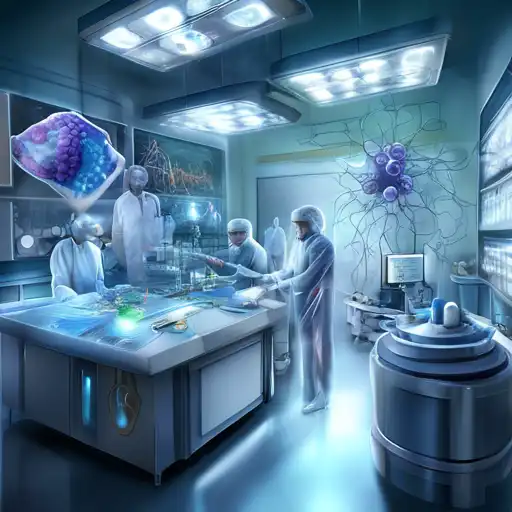Introduction to Nanotechnology in Medicine
Nanotechnology, the science of manipulating matter at the atomic and molecular scale, is setting the stage for a revolution in medicine. With its ability to operate at the same scale as biological molecules, nanotechnology offers unprecedented opportunities for diagnosing, treating, and preventing diseases in ways that were once thought impossible.
The Promise of Nanomedicine
Nanomedicine, the application of nanotechnology in healthcare, promises to transform the medical field by enabling targeted drug delivery, improving imaging techniques, and even repairing damaged tissues at the cellular level. This could lead to more effective treatments with fewer side effects, marking a significant leap forward in patient care.
Targeted Drug Delivery Systems
One of the most exciting applications of nanotechnology in medicine is the development of targeted drug delivery systems. These systems use nanoparticles to deliver drugs directly to diseased cells, minimizing damage to healthy cells and reducing side effects. This precision medicine approach could revolutionize the treatment of cancer, cardiovascular diseases, and more.
Enhanced Imaging and Diagnostics
Nanotechnology also enhances imaging and diagnostics, allowing for earlier and more accurate detection of diseases. Nanoparticles can be designed to bind to specific cells or markers in the body, making them visible under imaging equipment. This could lead to the early detection of conditions like cancer, significantly improving patient outcomes.
Regenerative Medicine and Tissue Engineering
Another groundbreaking application is in regenerative medicine and tissue engineering. Nanotechnology enables the creation of scaffolds at the nanoscale that can support the growth of new tissues and organs. This could one day make organ transplants obsolete, offering hope to millions of patients worldwide.
Challenges and Ethical Considerations
Despite its potential, the integration of nanotechnology into medicine faces challenges, including safety concerns, regulatory hurdles, and ethical questions. Ensuring the safe use of nanomaterials and addressing public concerns will be crucial for the successful adoption of nanomedicine.
Conclusion
Nanotechnology in medicine represents the next big thing in healthcare, offering solutions to some of the most pressing medical challenges. As research progresses, we can expect to see more nanomedicine applications becoming a reality, transforming the way we diagnose, treat, and prevent diseases. The future of medicine is nano, and the possibilities are limitless.
For more insights into the future of healthcare, explore our articles on medical innovation and health tech.
